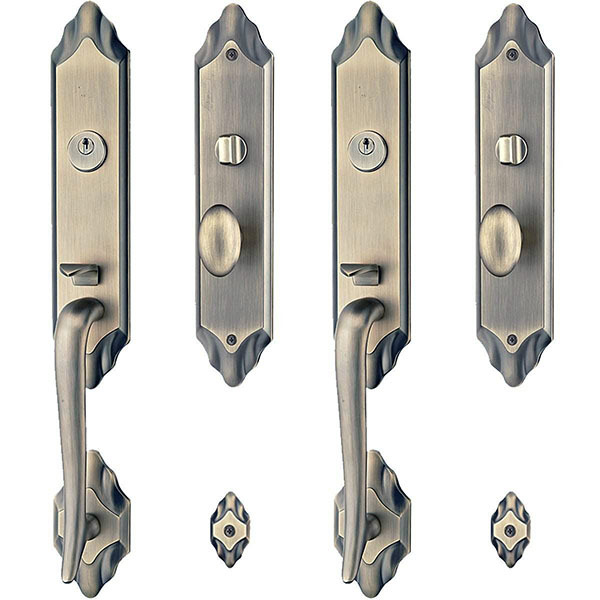Topic: Analysis on the Selection and Application of Door Lock in Ceramic Quality Inspection Laboratory
In modern production, more and more attention is paid to the quality control of products. As one of the important places for product quality inspection, the safety of ceramic quality inspection laboratory has attracted more and more attention. Among them, the door lock, as the first line of defense in the laboratory, not only ensures the safety of instruments and equipment in the laboratory, but also protects the personal safety of experimenters.
First, the importance of laboratory door lock
The laboratory is a place full of dangerous goods and precision instruments, which requires that its door lock must be highly secure and can resist illegal intrusion, thus ensuring the safe environment inside the laboratory. At the same time, the door lock should also have certain corrosion resistance and fire resistance to prevent safety accidents caused by chemical leakage.
Second, the requirements of ceramic quality inspection laboratory for door locks
1. Fire resistance: There are many flammable items in the laboratory, so the door lock needs to have good fire resistance;
2. Corrosion resistance: As various corrosive reagents such as acid and alkali are often used in the laboratory, the door lock is required to have strong corrosion resistance;
3. Safety: it must have a good anti-theft function and an emergency opening function to prevent escape or rescue in case of an accident;
4. Simple operation: users can quickly and conveniently open and close the door lock, so as not to affect the normal workflow.
Third, choose the appropriate laboratory door lock
In view of the above requirements, the common types on the market at present are:
1. Secret Code lock: switch operation is realized by setting digital password, which is suitable for single-person laboratory, but the disadvantage is that it is easy to forget the password;
Code lock: switch operation is realized by setting digital password, which is suitable for single-person laboratory, but the disadvantage is that it is easy to forget the password;
2. Magnetic card lock: it is unlocked after using magnetic card for identity verification, which is suitable for scenes where many people work together;
3. Biometric lock (fingerprint/face): It is not only simple and convenient, but also safer and more reliable to confirm the user's identity based on human biometric information.
To sum up, considering the characteristics and actual needs of ceramic quality inspection laboratories, the intelligent electronic access control system of "biometrics+emergency unlocking" mode is recommended, which not only meets the basic safety protection standards, but also gives consideration to convenience. I believe it will become the first choice for more laboratories in the future.
Rec. Prods.
Tags:
Addresses:https://tepinji.com/Machi/1004.html



